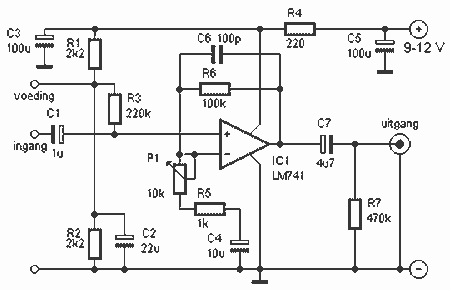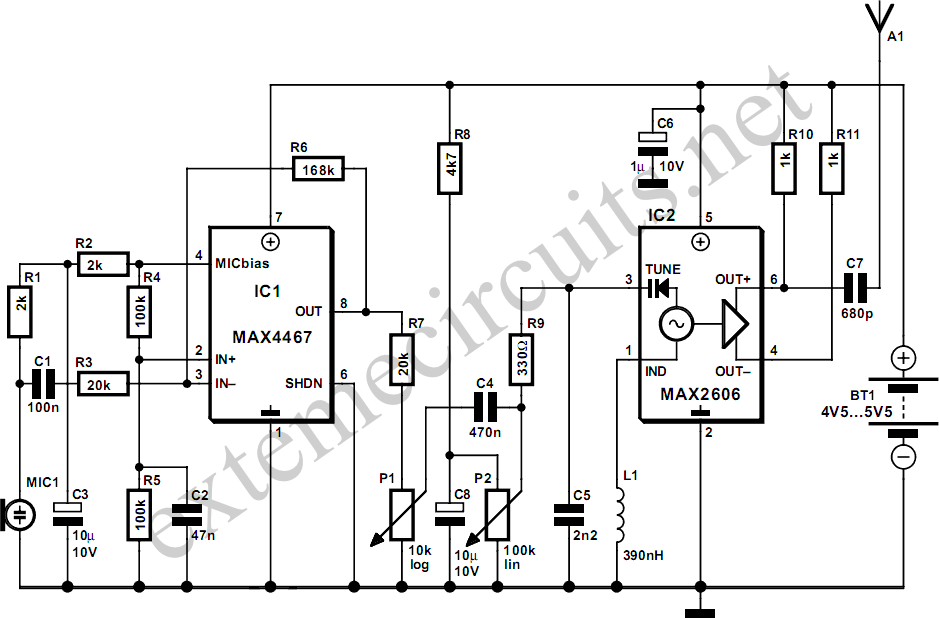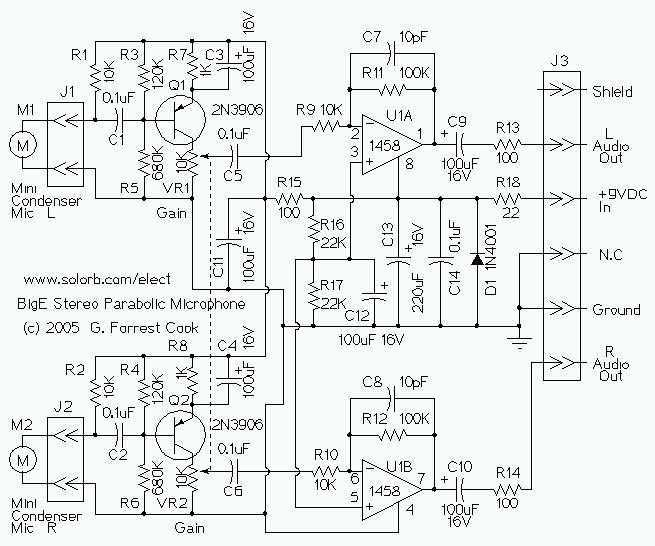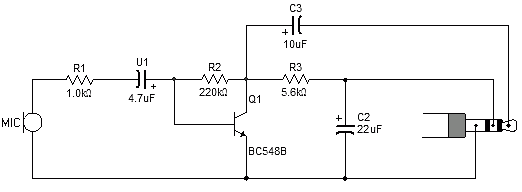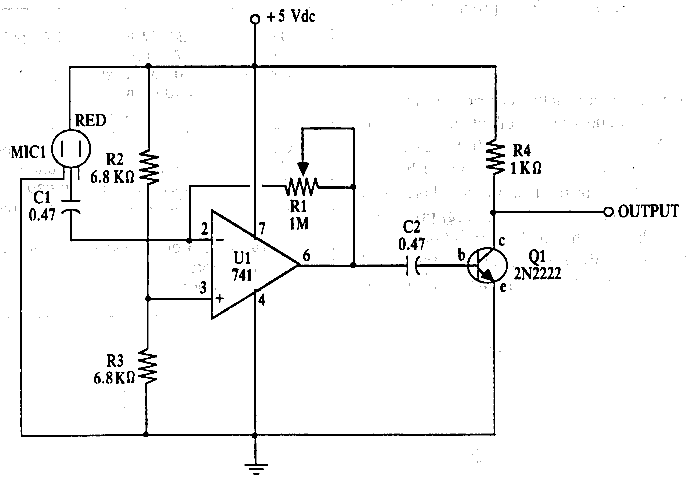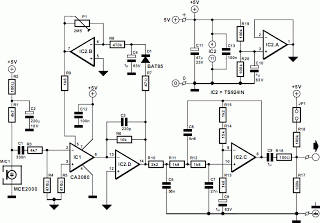
nokia 6630 microphone problem picture
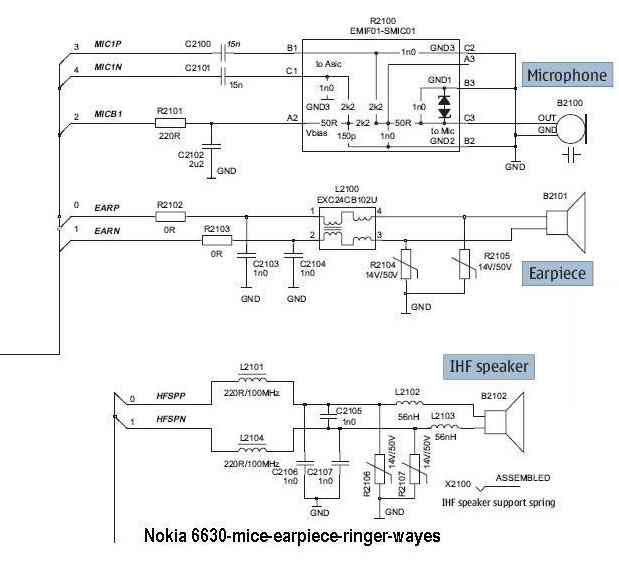
The microphone issue on the Nokia 6630 is typically attributed to several factors, including a damaged microphone, a broken circuit path, or a faulty UEM IC. If the issue arises from a broken path in the microphone circuit, it is necessary to refer to the Nokia 6630 schematic diagram to identify the broken line and reconnect it using a thin wire. Mobile repair resources provide images related to the Nokia 6630 microphone problem, including a piece of audio schematic to assist with the repair process.
The Nokia 6630's microphone circuit is an essential component for audio input, and issues can arise from various sources. A damaged microphone may result from physical wear or exposure to moisture, leading to poor sound quality or complete failure. Additionally, a broken circuit path can disrupt the signal transmission, often caused by physical damage or manufacturing defects. The UEM (Universal Energy Management) IC plays a crucial role in managing power and processing audio signals, and any damage to this component can also result in microphone failure.
To diagnose and repair the microphone issue, the schematic diagram of the Nokia 6630 is indispensable. This diagram provides a detailed layout of the circuit, illustrating the connections between the microphone, UEM IC, and other related components. Technicians can use this schematic to trace the circuit paths, identify any broken connections, and determine the appropriate points for reconnection.
When addressing a broken path, it is recommended to use a thin wire for reconnection to maintain the integrity of the circuit and ensure proper functionality. Careful soldering techniques should be employed to avoid further damage to surrounding components. The use of images and audio schematics can enhance understanding and facilitate the repair process, providing visual references for the technician.
In summary, resolving microphone issues on the Nokia 6630 requires a systematic approach involving the assessment of the microphone, circuit paths, and the UEM IC, supported by detailed schematic diagrams and visual aids.Microphone problem on Nokia 6630 usually caused by several reason, damaged microphone, broken path or line, and damaged the UEM IC. If the problem caused by the broken path in the microphone circuit, we need the Nokia 6630 schematic diagram to find the broken line and reconnect it using the thin wire.
Here, mobile repair provide some pictures relating to Nokia 6630 mic problem, including the piece of audio schematic to facilitate your work. 🔗 External reference
The Nokia 6630's microphone circuit is an essential component for audio input, and issues can arise from various sources. A damaged microphone may result from physical wear or exposure to moisture, leading to poor sound quality or complete failure. Additionally, a broken circuit path can disrupt the signal transmission, often caused by physical damage or manufacturing defects. The UEM (Universal Energy Management) IC plays a crucial role in managing power and processing audio signals, and any damage to this component can also result in microphone failure.
To diagnose and repair the microphone issue, the schematic diagram of the Nokia 6630 is indispensable. This diagram provides a detailed layout of the circuit, illustrating the connections between the microphone, UEM IC, and other related components. Technicians can use this schematic to trace the circuit paths, identify any broken connections, and determine the appropriate points for reconnection.
When addressing a broken path, it is recommended to use a thin wire for reconnection to maintain the integrity of the circuit and ensure proper functionality. Careful soldering techniques should be employed to avoid further damage to surrounding components. The use of images and audio schematics can enhance understanding and facilitate the repair process, providing visual references for the technician.
In summary, resolving microphone issues on the Nokia 6630 requires a systematic approach involving the assessment of the microphone, circuit paths, and the UEM IC, supported by detailed schematic diagrams and visual aids.Microphone problem on Nokia 6630 usually caused by several reason, damaged microphone, broken path or line, and damaged the UEM IC. If the problem caused by the broken path in the microphone circuit, we need the Nokia 6630 schematic diagram to find the broken line and reconnect it using the thin wire.
Here, mobile repair provide some pictures relating to Nokia 6630 mic problem, including the piece of audio schematic to facilitate your work. 🔗 External reference
